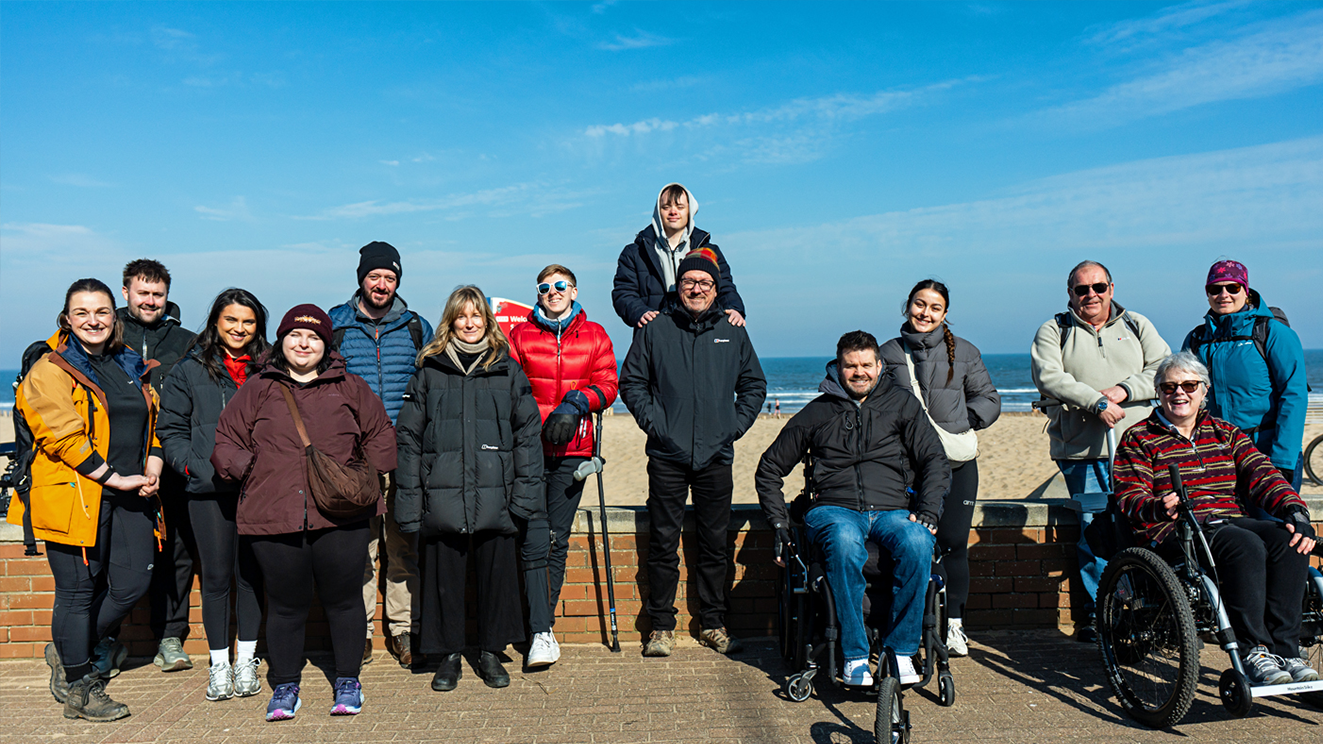Dust off your skinny skis, haul out your silver jumpsuit – ski ballet is making a comeback
Staff writer Julia Clarke heads to Verbier for a lesson with former Ski Ballet world champion Hermann Reitberger
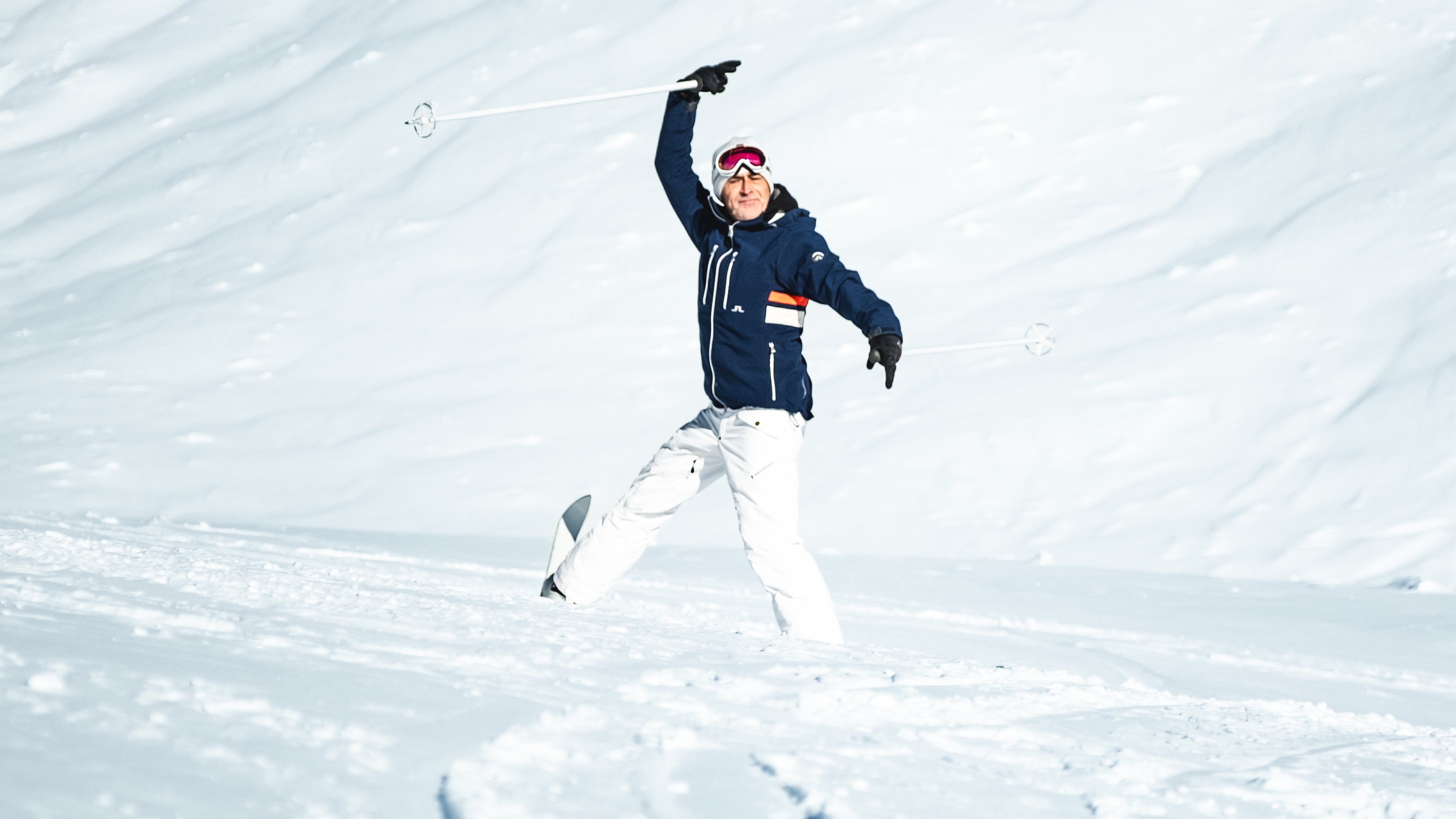
You know that scene in the ski movie Hot Dog where the fierce rivalry between Harkin and Rudicomes to a head in an intense ski ballet competition, each free skier vigorously competing for gold with flawless pirouettes, arabesques and jetés on snow? Of course you do. Well, it turns out that despite all the cinematic hyperbole that goes into the extravagant sequence, it wasn’t exactly fiction.
If, like me, you came to skiing in the past 25 years, you probably associate the sport with increasingly fat and light skis, hunting down deep powder stashes and hucking cliffs. Sure, skiing in the 1970s really was the non-stop parade of silver Lurex jumpsuits, aviator shades and cutesy ski motif-festooned acrylic turtlenecks we see in Hot Dog, but the similarities between reality and the cult classic ski flick end there.
Or so I thought until earlier this month when I found myself shakily attempting a pirouette on rented alpine skis at Verbier Ski Resort under the tutelage of former ski ballet world champion Hermann Reitberger, a wiry 66-year-old with thick hair and an enviable joie de vivre.
Ski ballet, you see, was a real discipline. And some say it’s making a comeback.
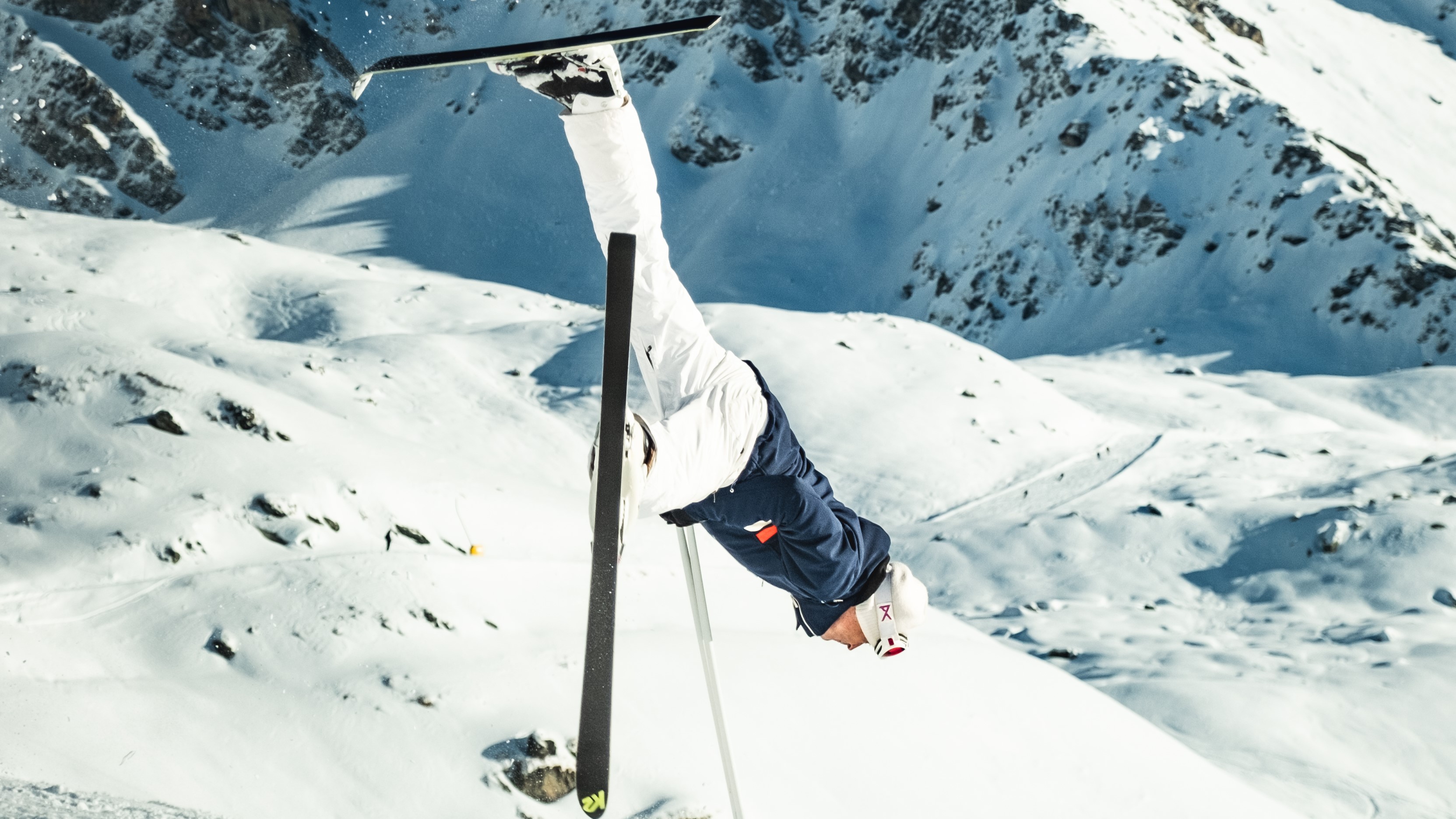
“It was crazy"
Before the tutorial, our small group of ski journalists meet with Reitberger at the top of Le Médran cablecar, where he talks us through the unlikely history of ski ballet in German. Through a translator, I make out that the discipline, which involves spins, jumps and flips on skis – known as hot dogging – was born in 1960s North America (though ski acrobatics date back many decades previously) as a response to the rigid rules and traditions of competitive alpine events like giant slalom and ski jumping.
“It was crazy, creative. They wanted to go beyond just going straight,” says Reitberger.
So early pioneers like Canadian Hall of Famer Wayne Wong and American former model Suzy “Chapstick” Chafee went in circles. They danced, spun and glissaded to music, and in ski ballet’s heyday, competed for $30,000 prizes (nearly $250,000 in today’s money). It’s no surprise, then, that European skiers got interested.
Advnture Newsletter
All the latest inspiration, tips and guides to help you plan your next Advnture!
In 1975, Munich-born Fuzzy Garhmmer brought the first ski ballet event to the German Alps. A 12-year-old Munich Reitberger was there and he was instantly hooked.
“It was unbelievable, like the Woodstock of skiing,” he recalls of the spectacle and spectators.
In the ensuing three decades, Reitberger was one of hundreds making a good living from ski ballet comps, recalling on this bright January that he was “sponsored from head to toe.” He went on to take gold in ski ballet in the World Championships in Oberjoch in 1989, grabbed five World Cup wins, four European Championship titles and gold in the 1988 Winter Olympics in Calgary, where the discipline was part of the Freestyle Skiing competition along with moguls and aerials. The two-minute demonstrations set to music served as a direct inspiration for that famous scene from Hot Dog.
In 1992, Olympic gold went to France’s Fabrice Becker, and then, with far less fanfare than it burst onto the ski scene, ski ballet disappeared.
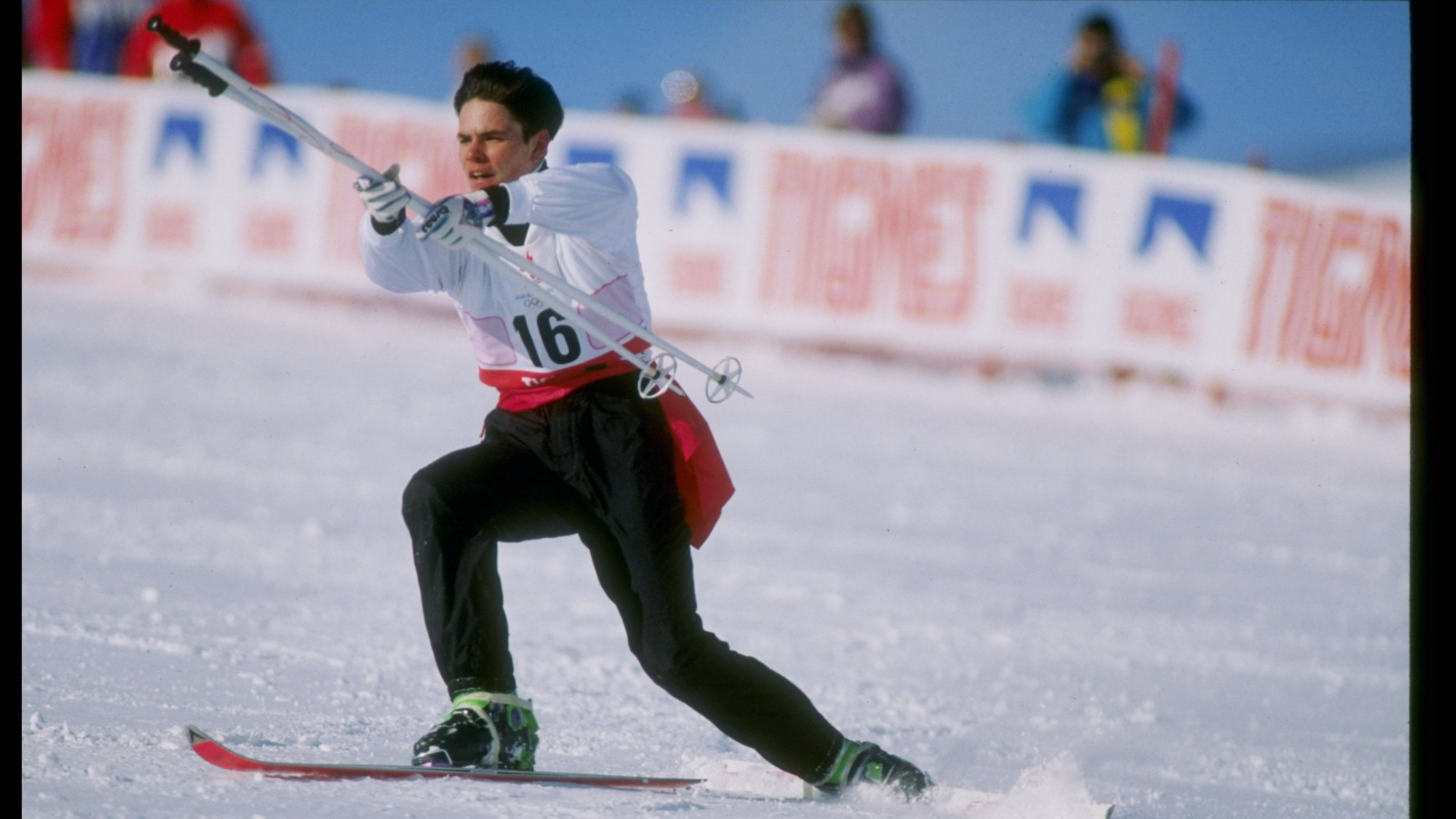
An Olympic casualty
So what happened? Did the preference for thrift store grunge in the 1990s render tricolored parkas and moon boots obsolete? Did skis get too fat? Sunscreen not zincy enough? Turns out, ski ballet was largely a casualty of the International Ski and Snowboard Federation (FIS), the governing body for Olympic skiing and snowboarding events.
According to Reitberger – and he’s clear that he’s being overly diplomatic and glossing over some of the politics – the FIS decided it had to choose between ski ballet and figure skating, which in fairness are quite similar. You don’t need me to tell you which camp won. In 1994, the first Winter Olympics were held in Lillehammer, Norway, and ski ballet was absent, its stars relegated to obscurity while the world watched a new drama unfold between Tonya Harding and Nancy Kerrigan.
Ski ballet did limp on through the 1990s and early 2000s among kids who grow up in ski towns, but finally, it was unofficially declared “uncool” by some invisible governing body and everyone forgot about it.
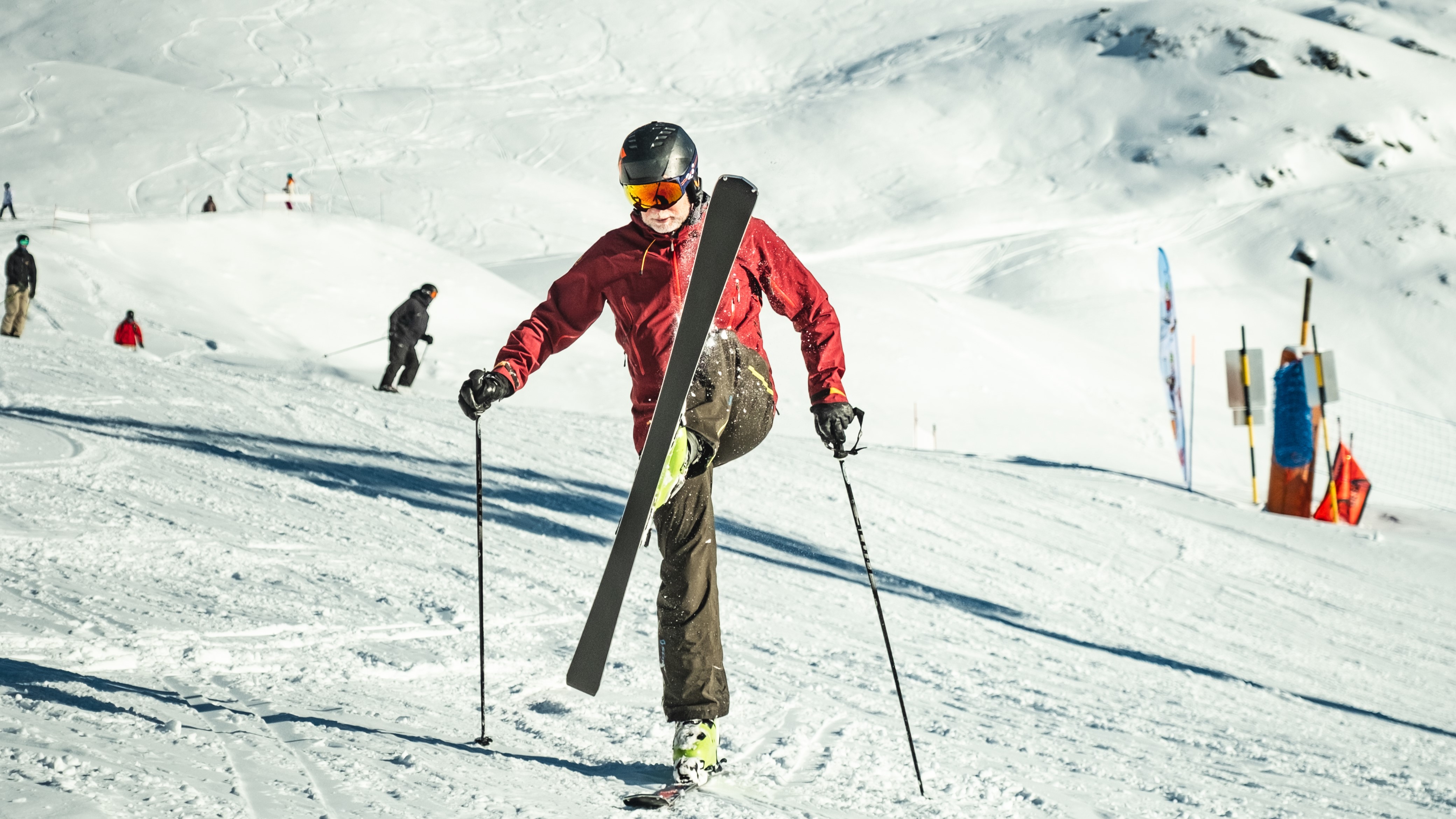
"It's so strange that it just disappeared so quickly”
Until August 2023, that is, when a curious scene unfolded on the Saas-Fee glacier near Verbier, which at 3,500 meters is so high you can ski there in the summer months. That 1992 Olympic ski ballet champion I mentioned, Becker, showed up with Sweden’s Annika Johansson – who competed in the same Winter Olympics – and the duo performed a mesmerizing snow dance over two days.
They weren’t alone. A small film crew from MGG productions was there to capture the action (they had cooked up the idea over dinner in Verbier that spring) and the resulting 1:42 short film titled Ski Ballet is Back has already had over 400,000 views on YouTube.
But is ski ballet really back?
“I wouldn’t be surprised if ski schools implement it in lessons,” says Swiss producer Scott Goedkoop who was a cameraman for the film and seems to materialize out of nowhere over lunch at Le Mouton Noir following our ski ballet demo.
“It used to be that you needed a background in gymnastics to do it, but I predict that more entry-level moves that are accessible to any good skier will get more popular and we’ll go back to how it was at the beginning.”
In the beginning, it was just friends coming up with new tricks, according to Goedkoop, who has directed a 20-minute documentary off the back of the interest in the 2023 film called Dancing on the Edge: a Ski Ballet Story, coming to YouTube in March.
“It’s so strange for me that something that lived so actively for so long just disappeared so quickly.”
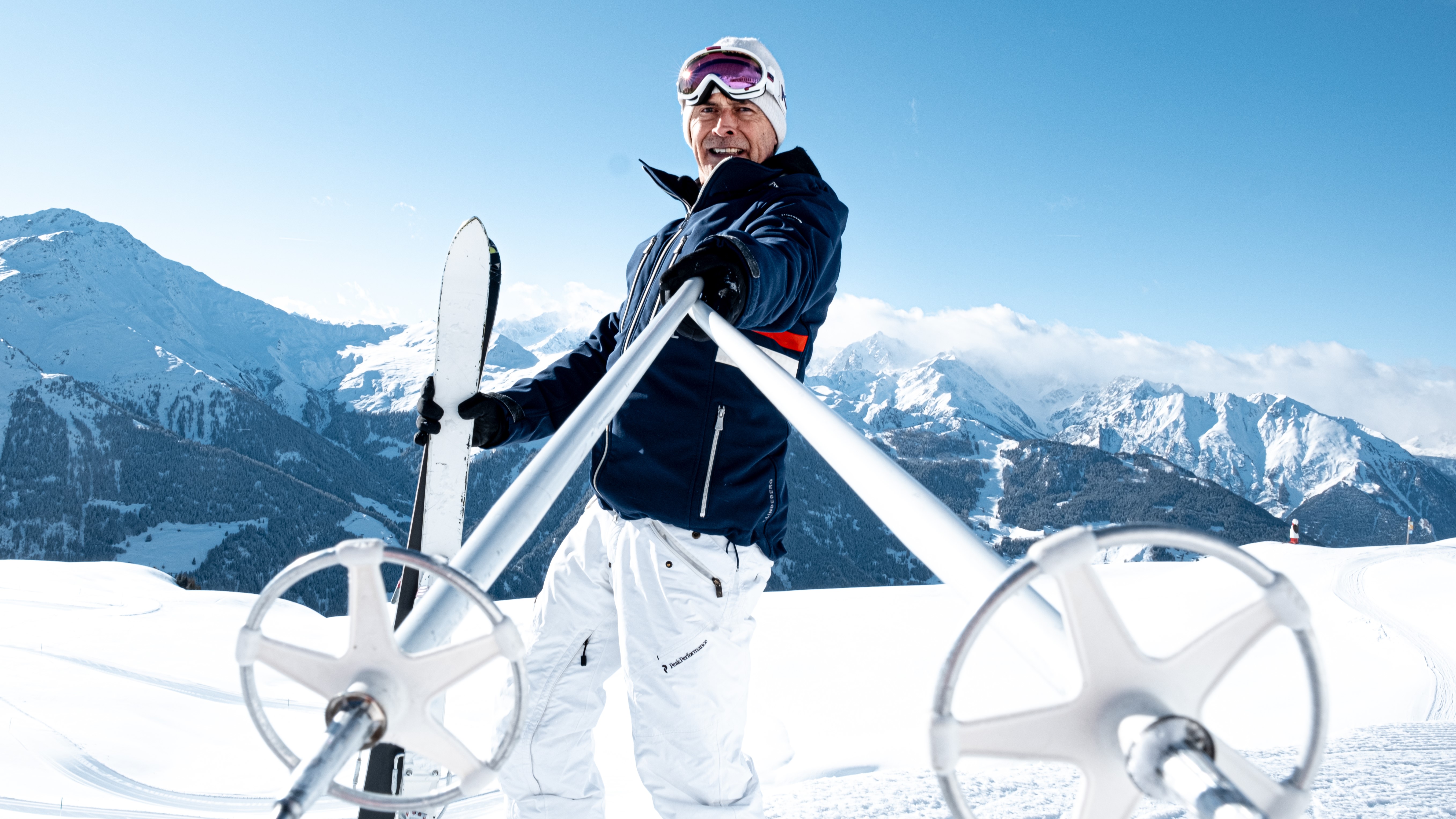
"It takes on a life of its own"
But as Goedkoop is quick to add, after the current generation, all of whom are now in their 50s, 60s and 70s, there’s no one left to keep this sport alive. Fresh blood is required. So who will the new guard be?
Certainly not us, I realize, as a now 66-year-old Reitberger spins and jumps his way across the slope on duct tape-covered skinny skis that must be many decades old. After a quick warmup, he executes a perfect front flip over his ski poles that he says he hasn’t tried for 30 years.
Only three of us journalists are brave enough to even attempt a clumsy twirl and a stationary crossing of our skis. After two knee surgeries, I politely decline the offer to cross and then uncross my skis while moving across the slope then watch my more confident colleague disappear over the edge trying it and falling into a heap (he was fine, I salute him for his courage). Quite rightly, Reitberger winds up the lesson a little early and we head for the safety of lunch instead.
It’s going to take a younger set of skiers, with a less risk-averse attitude and less hardware in their knees to bring ski ballet back, I think, but Goedkoop is cautiously optimistic you’re out there.
“If you start doing it with all of your friends then it gets electrifying, it takes on a life of its own.”
Just bring your skinny skis.
Julia Clarke is a staff writer for Advnture.com and the author of the book Restorative Yoga for Beginners. She loves to explore mountains on foot, bike, skis and belay and then recover on the the yoga mat. Julia graduated with a degree in journalism in 2004 and spent eight years working as a radio presenter in Kansas City, Vermont, Boston and New York City before discovering the joys of the Rocky Mountains. She then detoured west to Colorado and enjoyed 11 years teaching yoga in Vail before returning to her hometown of Glasgow, Scotland in 2020 to focus on family and writing.

